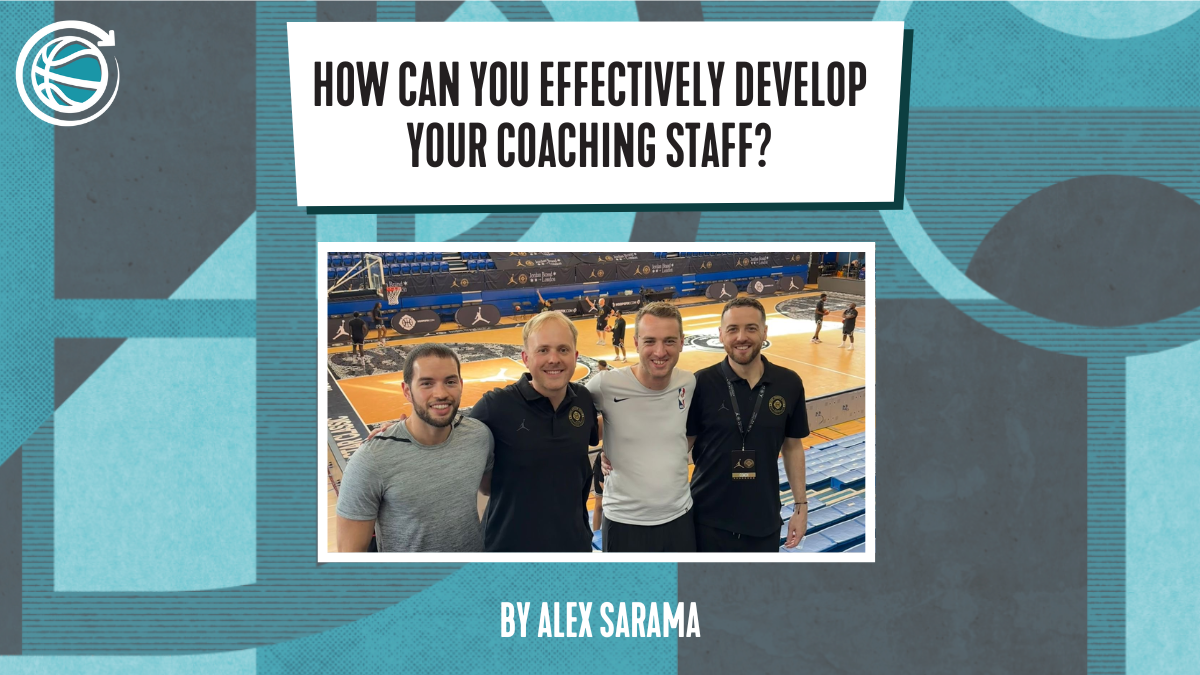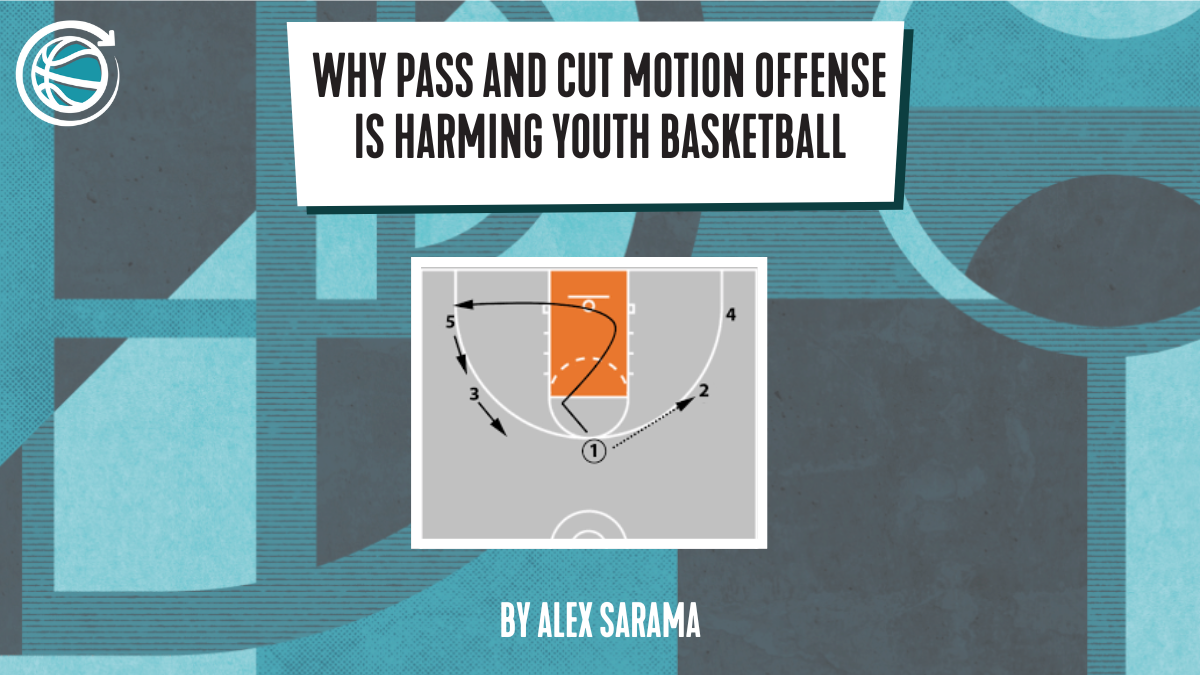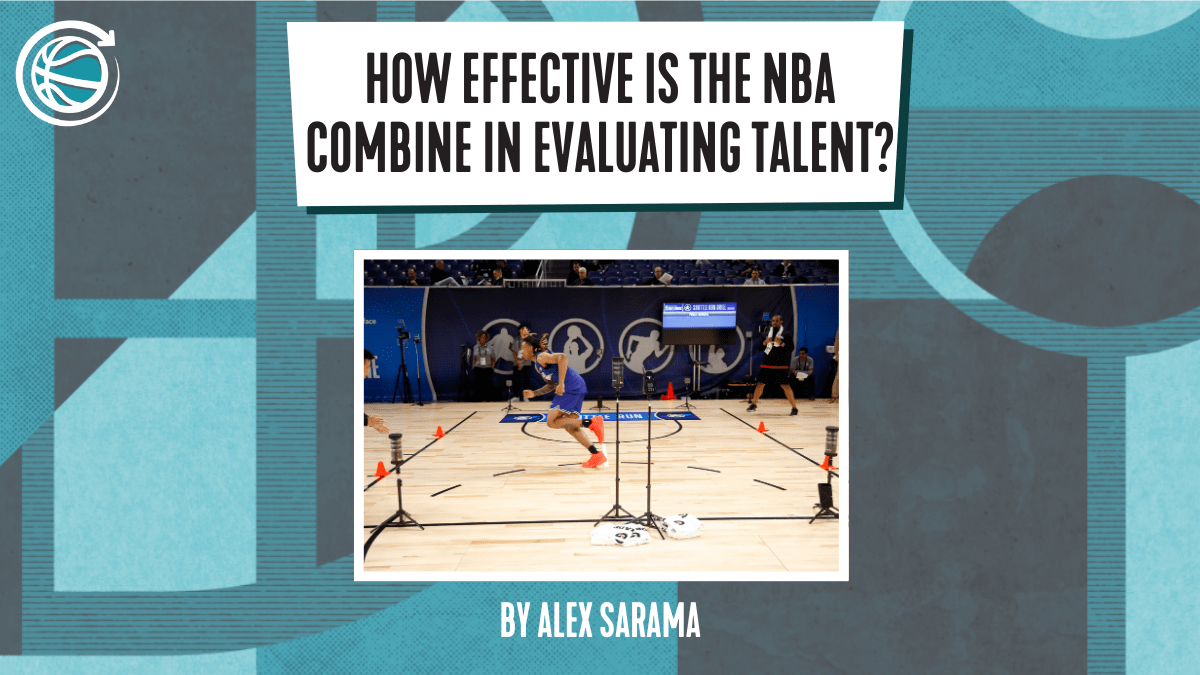How Can You Effectively Develop Your Coaching Staff?
One of the questions we receive most frequently at Transforming is “how would you introduce these ideas to other coaches in the program or across a whole club?” In this blog, I unpack some of the advice I most frequently pass onto coaches…
When directly working with coaches what processes have you found to be effective and what resources did you use to inform you of your approach?
The first and most important thing is always going to be your relationship with the other coaches. To develop anyone, they can’t feel as if you are aggressively trying to ‘change’ them without having a relationship of trust established. Most of my work with the London Lions was based on developing great relationships with the coaches so that the coach development work then became easy. I try to be incredibly intentional with showing that I am developing them to upskill their coaching, while also injecting humour and providing autonomy within a structured framework. This doesn’t mean you have to be friends with them as their boss, but you do have to create a culture where you all genuinely want to spend some time together outside of work, go for drinks once in a while etc. If these relationships aren’t developed, it makes it virtually impossible for coaches to adopt CLA.
With this established, the next thing is providing them with the resources. Without having to plug the book, I wrote it so that it would be the one-stop guide for any coach new to this. Then I should share with them some podcasts that would be of interest, as well as the best social media accounts for learning this. Think about it in terms of designing affordances for them to be exposed to CLA. The more they see, the more they will learn. If they follow a few key social media accounts and they watch one video on CLA each day on their Instagram, this adds up over time. For our coaches, I also gave them access to our Transforming online courses for their own learning, as well as creating a Google Drive folder where we could share everything and also view everyone’s practices to see what they were doing, while also gaining new ideas.
Learn more about Alex’s work at the London Lions…
I would love your advice on how to best support the coaches on adopting and developing their understanding of the CLA,
I would organise a very informal workshop and have lots of roundtable discussions to see where they are at. This could include small-group/ partner breakouts where they have to go through tasks such as describing the CLA in 60 seconds, using constraints to simplify a 1-on-1 if it is too challenging etc. Another favourite of mine is to give coaches principles of play to develop, and see if they can effectively use the CLA to create an activity that may shape these principles. This will give you a great indicator of where they are at.
However, using Gibson’s knowledge of vs knowledge about concept, the most important thing is obviously how they are coaching on the court. This is why for any club really looking to roll out CLA, I recommend creating a Director of Methodology (or equivalent), with the individual appointed having time to visit all the coaches and drop in at sessions. Seeing how coaches are coaching and giving them informal/ formal feedback after each practice is a huge part of developing the ability to use a CLA well.
At Lions, I spent an equal amount of time with each time while also running a good number of practices. This is very important because it allowed the coaches to see how the CLA is used and how rapidly we would move things on/ do different things each week at practice. A good balance of both is important, and then gradually as the season goes on you can coach less and less as the coaches become more familiar with what the CLA framework is.
The last idea is staff development plans (SDPs). Just like PDPs, I like doing these x3 times a year. These should be done through co-design, with you asking the staff what they feel their biggest rate limiters are. You can then work together to think of practical ways through which their rate limiters are solved. When you attend their practices, this also allows you to streamline your feedback while making the coaches even more intentional as to what coaching behaviours they are trying to impact/ change. Just like players, we also have our own unique rate limiters in coaching behaviours. Filming yourself delivering practices and timeouts is a great way to become more aware of what these are!
ACCESS OUR FREE U14 PRACTICE PLAN

Oct 14, 2024
Alex Sarama




